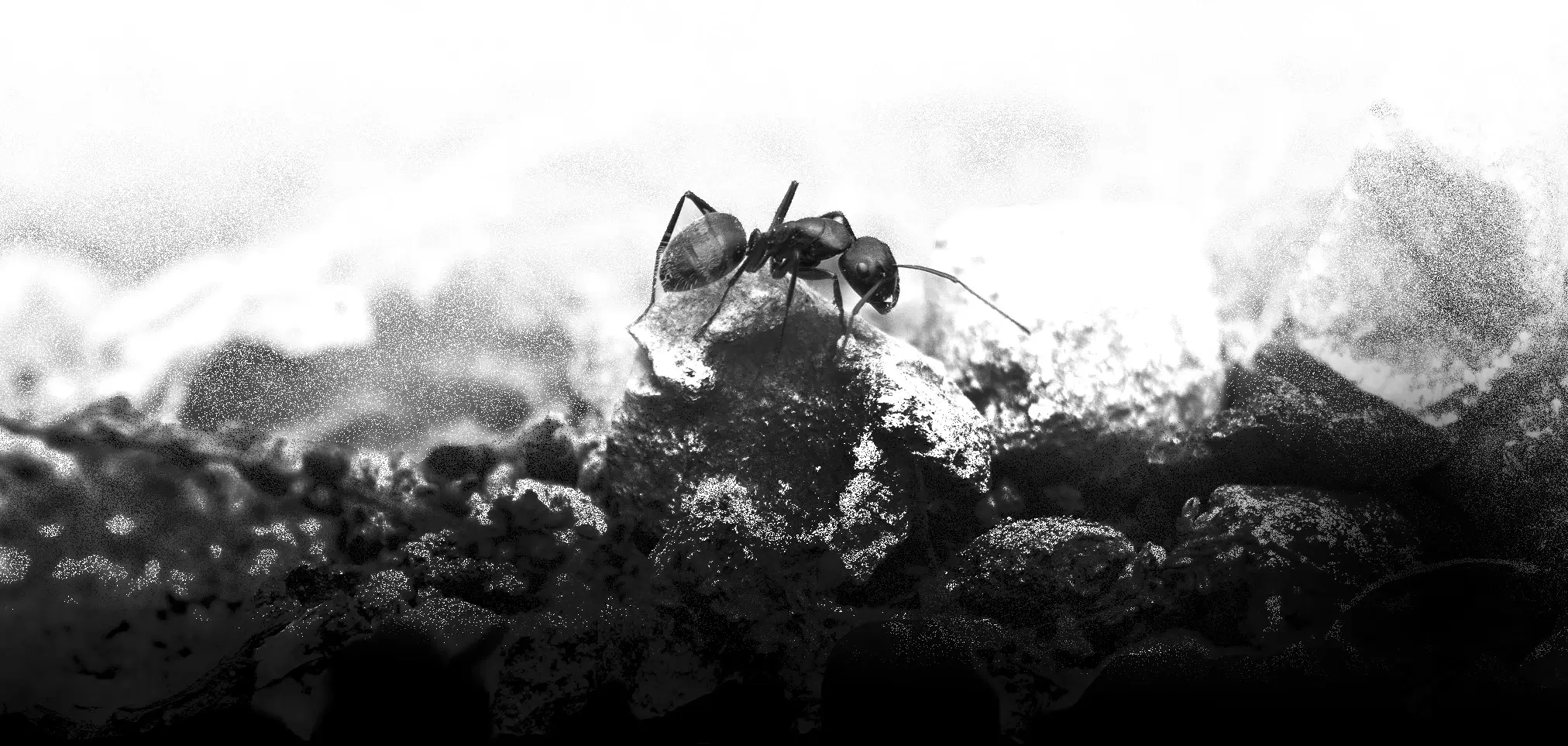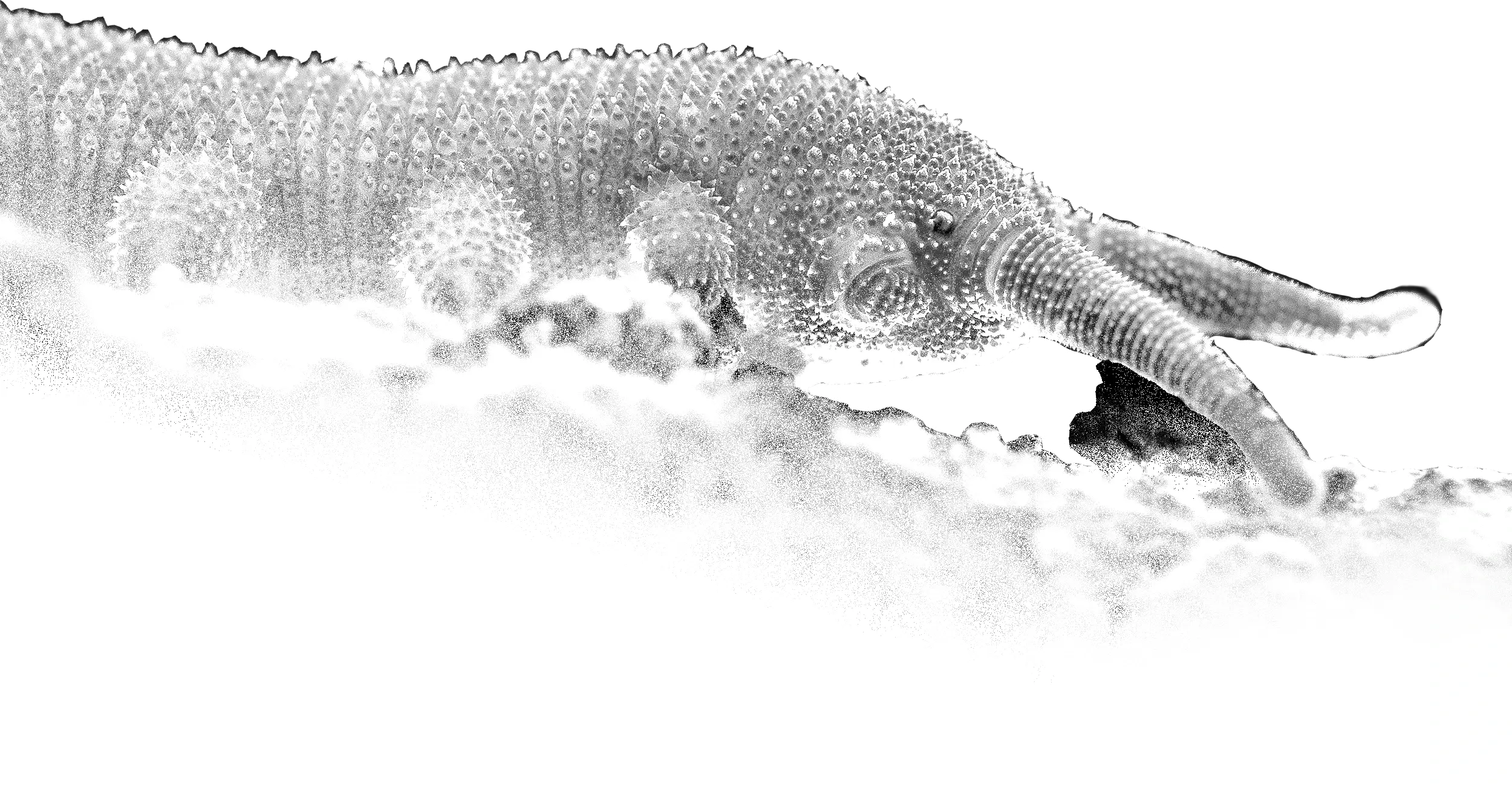
(Peripatidae)
Equatorial Velvet Worms
Перипатусові
Peripatidae is a family of velvet worms. This family includes more than 90 described species distributed among 13 genera.
The Peripatidae exhibit a range of derivative features. They are longer, on average, than the Peripatopsidae and also have more leg pairs. The number of legs in the Peripatidae varies within species as well as among species and ranges from 19 pairs (in Typhloperipatus williamsoni) to 43 pairs (in Plicatoperipatus jamaicensis). The gonopore is always between the penultimate leg pair. There are no known oviparous species—the overwhelming majority, including all the Neotropical Peripatidae, are viviparous with females that develop a placenta to provide the growing embryo with nutrients. The Asian genera Typhloperipatus and Eoperipatus, however, exhibit lecithotrophic ovoviviparity; that is, their females do not develop any placenta and instead retain yolky eggs in their uteri to supply nourishment.
They lead a predominantly nocturnal lifestyle. Feed on small insects, which they hunt by squirting a sticky liquid that hardens in the air. After that, the peripatus gnaws a hole in the exoskeleton of the victim, injects digestive enzymes into it and after a while sucks out the digested entrails of the prey.
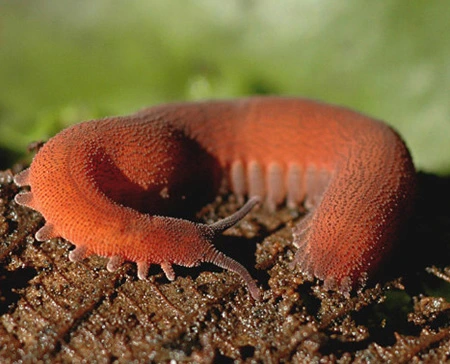
(Epiperipatus biolleyi)
The type locality is in Costa Rica.
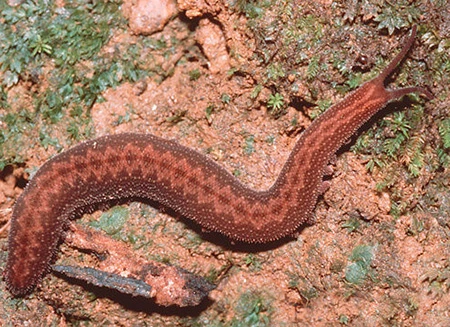
(Epiperipatus broadwayi)
The type locality is in Tobago.
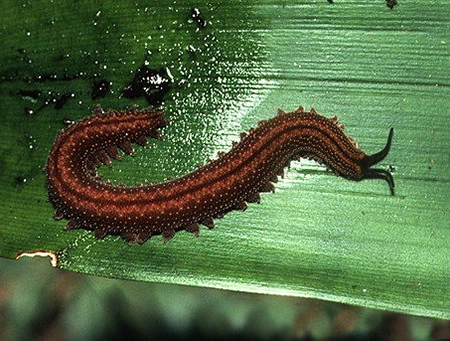
(Epiperipatus edwardsii)
Edward's Velvet Worm
Оніхофора Едвардса
The type locality is in French Guiana.
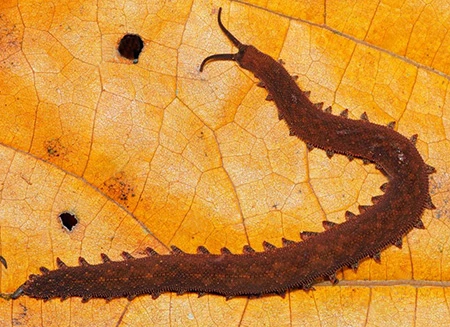
(Epiperipatus isthmicola)
The type locality is in Costa Rica.
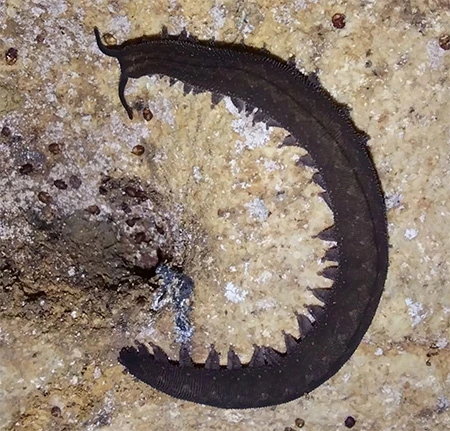
(Epiperipatus trinidadensis)
Trinidad Velvet Worm
Тринідадська оніхофора
The type locality is in Trinidad.

(Epiperipatus adenocryptus)
The type locality is in Minas Gerais, Brazil.
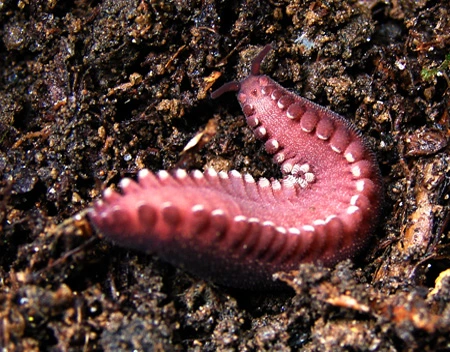
(Epiperipatus acacioi)
The type locality is in Minas Gerais, Brazil.
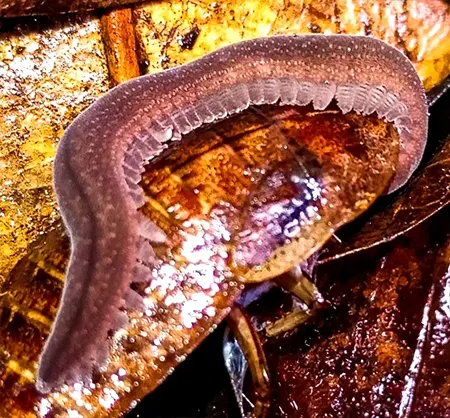
(Epiperipatus titanicus)
Its type locality in the state of Alagoas in Brazil.
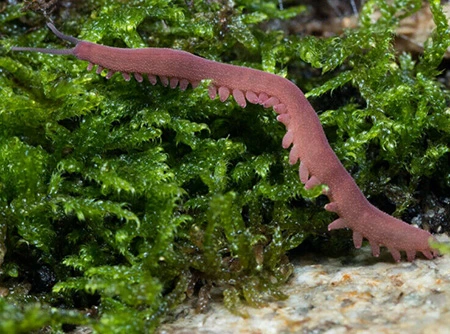
(Epiperipatus barbadensis)
It is endemic to Barbados.
The genus (Epiperipatus) also includes: Epiperipatus vagans, Epiperipatus torrealbai, Epiperipatus machadoi, Epiperipatus paurognostus, Epiperipatus betheli, Epiperipatus barbouri, Epiperipatus brasiliensis, Epiperipatus cratensis, Epiperipatus diadenoproctus, Epiperipatus evansi, Epiperipatus hilkae, Epiperipatus imthurmi, Epiperipatus lewisi, Epiperipatus simoni, Epiperipatus vespucci.
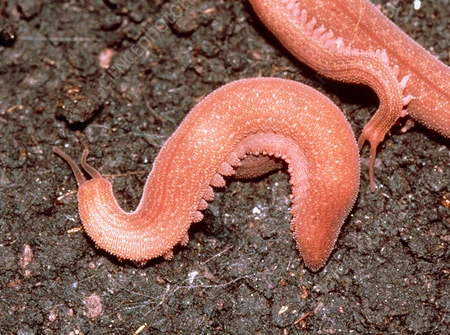
(Macroperipatus acacioi)
The type locality is in Minas Gerais, Brazil.

(Macroperipatus torquatus)
It is found in Trinidad.
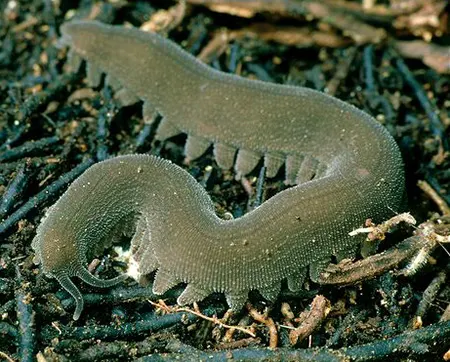
(Macroperipatus insularis)
It is found in Jamaica, and Hispaniola (the Dominican Republic and Haiti).
The genus (Macroperipatus) also includes: Macroperipatus geayi, Macroperipatus guianensis, Macroperipatus ohausi, Macroperipatus perrieri, Macroperipatus valerioi.

(Oroperipatus eiseni)
The type locality is found in Brazil and central Mexico.
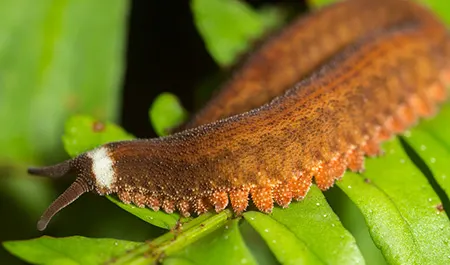
(Oroperipatus ecuadoriensis)
The type locality is in Ecuador.
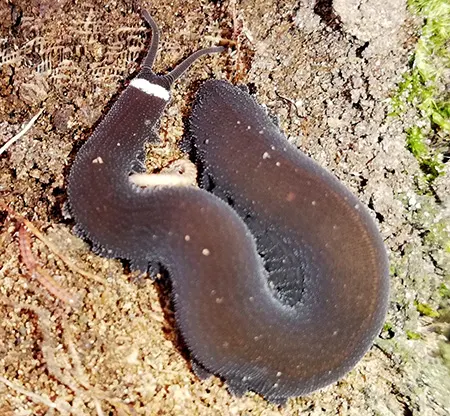
(Oroperipatus cameranoi)
The type locality is in Ecuador.
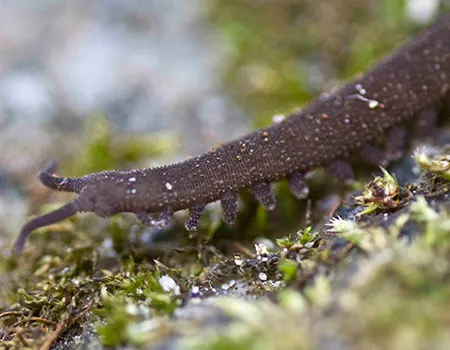
(Oroperipatus omeyrus)
The type locality is in Peru.
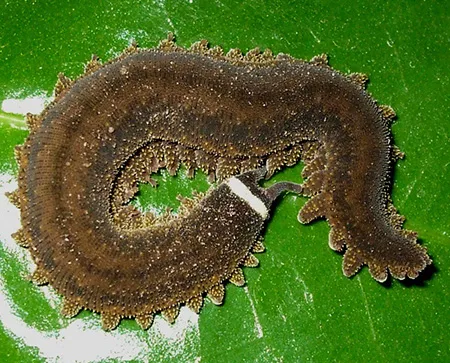
(Oroperipatus quitensis)
The type locality is in Ecuador.
The genus (Oroperipatus) also includes: Oroperipatus balzani, Oroperipatus belli, Oroperipatus bimbergi, Oroperipatus bluntschli, Oroperipatus corradoi, Oroperipatus goudoti, Oroperipatus intermedius, Oroperipatus koepckei, Oroperipatus lankesteri, Oroperipatus peruanus, Oroperipatus peruvianus, Oroperipatus soratanus, Oroperipatus tuberculatus, Oroperipatus weyrauchi.
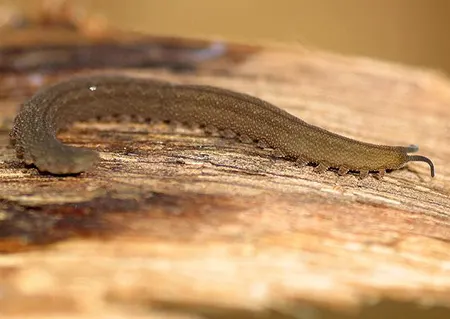
(Peripatus dominicae)
Dominican Velvet Worm
Домініканська оніхофора
The type locality is on the Caribbean island of Dominica.
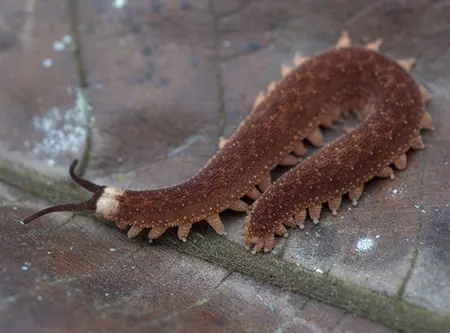
(Peripatus heloisae)
The type locality is in Mato Grosso, Brazil.
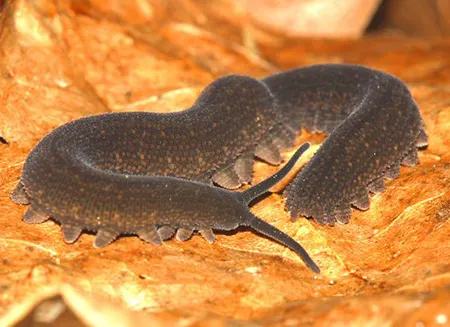
(Peripatus juanensis)
It is found in Puerto Rico.
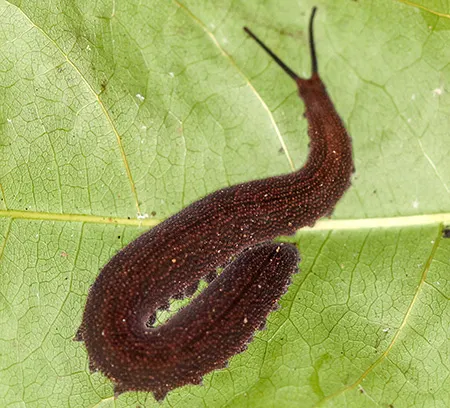
(Peripatus danicus)
The type locality is in Saint Thomas Island.
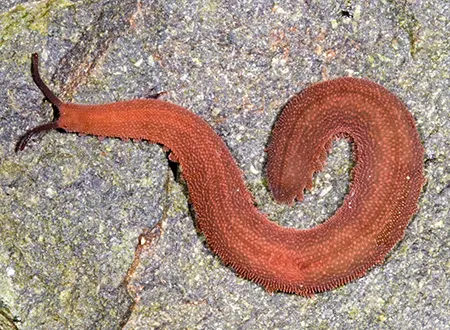
(Peripatus juliformis)
The type locality is on Saint Vincent Island.
The genus (Peripatus) also includes: Peripatus antiguensis, Peripatus bavaysi, Peripatus bouvieri, Peripatus brolemanni, Peripatus evelinae, Peripatus manni, Peripatus ruber, Peripatus sedgwicki, Peripatus swainsonae.
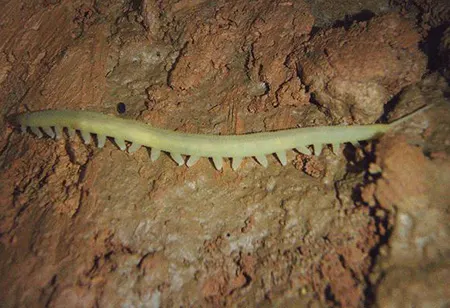
(Speleoperipatus spelaeus)
Known only from two cave systems in northern St. Catherine, Jamaica; Pedro Great Cave and Swansea Cave.
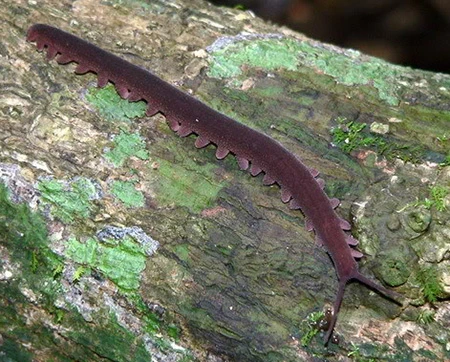
(Eoperipatus totoro)
It is found in Vietnam. It spends most of their lives inside moist soil, in rotting logs, or under rocks.
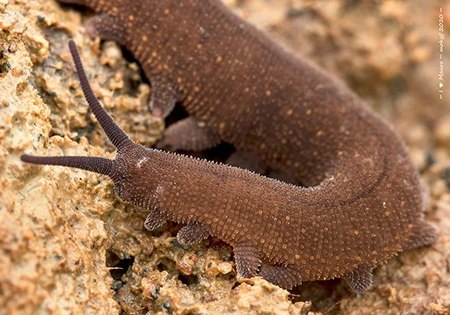
(Eoperipatus sumatranus)
It is distributed on the Malay Peninsula and on the island of Borneo, north of its range it reaches Burma. It inhabits primary tropical forests. It stays among fallen leaves and rotten wood.
The genus (Eoperipatus) also includes: Eoperipatus horsti, Eoperipatus butleri, Eoperipatus weldoni.
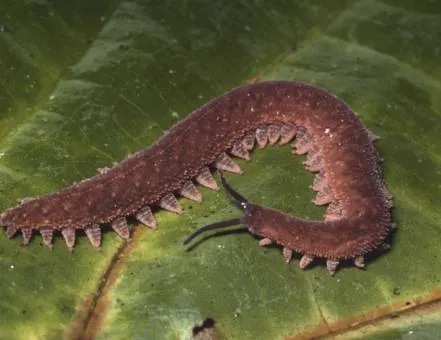
(Typhloperipatus williamsoni)
It is found in South Asia. The habitat extends quite far into the northern hemisphere and reaches the Himalayas.
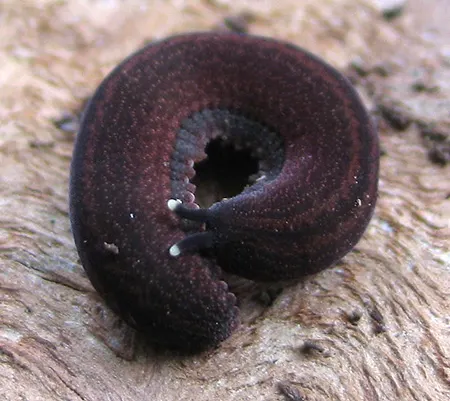
(Plicatoperipatus jamaicensis)
Jamaican Velvet Worm
Ямайська оніхофора
It is endemic to Jamaica.
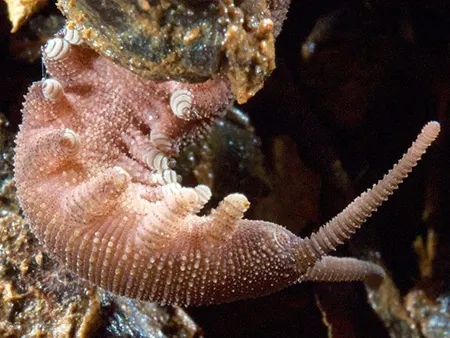
(Mesoperipatus tholloni)
It is found in Gabon, making it the only known species of velvet worm in the tropics of Africa.
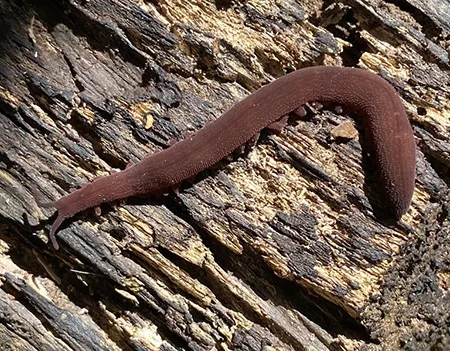
(Heteroperipatus engelhardi)
The type locality is in El Salvador.
The genus (Heteroperipatus) also includes: Heteroperipatus clarki.
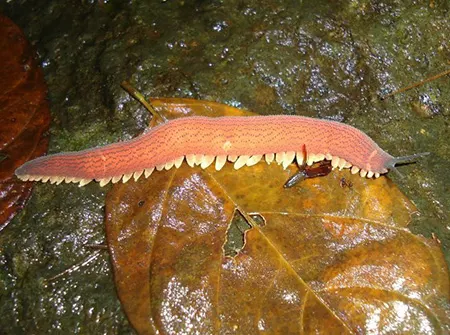
(Mongeperipatus solorzanoi)
Solórzano's Velvet Worm
Оніхофора Солорсано
It is found in the Caribbean coastal forest of Costa Rica. Can be found in forests near streams, where they actively forage for prey after dark.
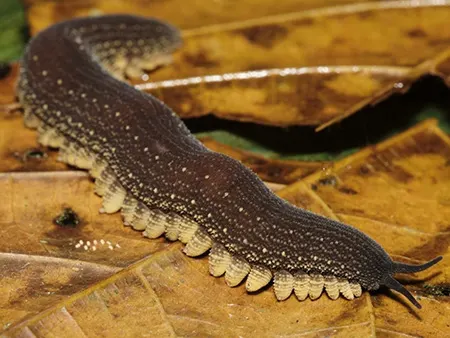
(Mongeperipatus kekoldi)
It is endemic to Costa Rica where it lives near streams in forests and semi-altered habitats.
